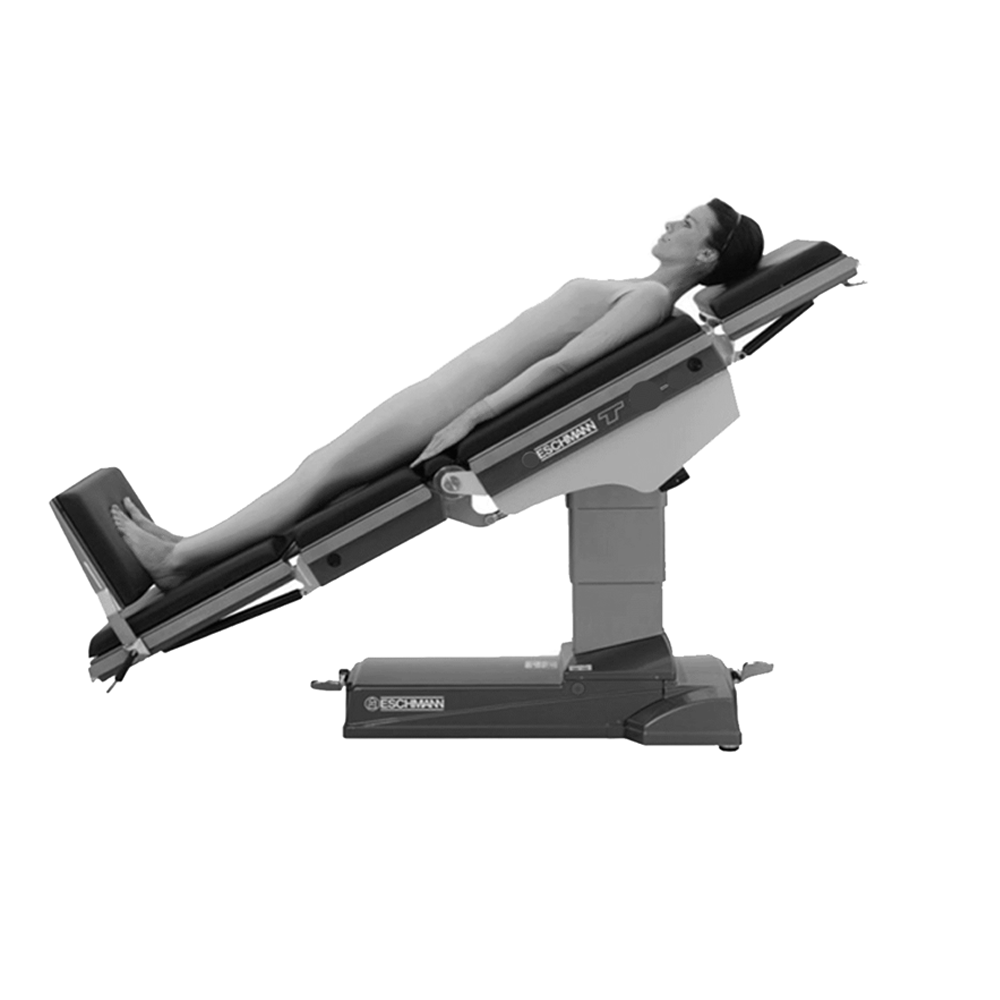

Since the 1990s, the keyhole concept has been refined by application of modern micro-neurosurgical techniques and technology including low profile instrumentation, neuro-navigation and high-definition endoscopy. The term “keyhole surgery” was introduced 50 years ago by Donald Wilson in his 1971 technical note, “Limited exposure in cerebral surgery”. Although the concept of minimally invasive brain tumor removal has been promoted for decades, it has remained controversial and not widely practiced. Minimally invasive surgical (MIS) techniques have been increasingly applied across multiple surgical subspecialties often with the aid of endoscopy. Thus, over time, restoring or maintaining neurological function and quality of life have gained greater priority and the dictum of maximal safe tumor removal has gained wider acceptance. Furthermore, stereotactic radiosurgery and radiotherapy (SRS or SRT) have long-term control rates of 90% or higher for most recurrent or progressive WHO grade I meningiomas, and some primarily treated cavernous sinus (CS) meningiomas.
TRENDELENBURG POSITION SERIES
However, results from multiple series using these approaches indicate that overly aggressive tumor removal can be associated with relatively high rates of permanent cranial nerve deficits and other neurological complications. Innovative skull base surgery approaches developed in the early 1990s generally employed large incisions, extensive bone removal and promoted maximal tumor removal as the primary goal. While surgery remains first-line treatment for meningiomas, the approach used and aggressiveness of removal is highly location-dependent and influenced by other factors such as tumor invasiveness, tumor consistency, prior treatments and surgeons’ philosophy. Meningiomas are the most common primary brain tumor with almost 35,000 patients being diagnosed annually in the US, and although 85–90% are benign (WHO Grade 1), they frequently encase or become adherent to arteries, veins and cranial nerves, and have a propensity to invade multiple skull base compartments. There are no patents, products in development or marketed products associated with this research to declare. This does not alter our adherence to PLOS ONE policies on sharing data and materials. WS is a consultant for Stryker Corporation outside of the current study. GB is a consultant for Vascular Technologies Inc. This is an open access article distributed under the terms of the Creative Commons Attribution License, which permits unrestricted use, distribution, and reproduction in any medium, provided the original author and source are credited.ĭata Availability: All relevant data are within the paper and its Supporting Information files.įunding: The author(s) received no specific funding for this work.Ĭompeting interests: The authors have read the journal’s policy and have the following competing interests: DFK receives royalties from Mizuho Inc. Received: FebruAccepted: JPublished: July 28, 2022Ĭopyright: © 2022 Thakur et al. PLoS ONE 17(7):Įditor: Panagiotis Kerezoudis, Mayo Clinic, UNITED STATES (2022) Critical appraisal of minimally invasive keyhole surgery for intracranial meningioma in a large case series. Tumor progression occurred in 26(13%) patients, mean follow-up 42☓6 months.Ĭitation: Thakur JD, Mallari RJ, Corlin A, Yawitz S, Eisenberg A, Rhee J, et al. Endoscopy was used in 87/139(63%) craniotomies, facilitating additional tumor removal in 55%. Secondary outcomes: Increased FLAIR/T2 changes were noted on POD#1/2 MRI in 36/213(17%) cases, resolving in all but 11 (5.2%).

Median LOS decreased from 3 to 2 days in the last 2 years 94% were discharged to home with favorable 90-day KPS in 176(96%) patients. There were no DVTs, PEs, MIs or 30-day mortality. Major complications included: permanent neurological worsening 12(6%), CSF leak 2(1%) meningitis 2(1%). Primary outcomes: Gross total/near total (>90%) resection was achieved in 125(59%) (5% for petroclival, cavernous sinus/Meckel’s cave, spheno-cavernous locations vs 77% for all other locations). Approaches included: endoscopic endonasal (n = 74,35%), supraorbital (n = 73,34%), retromastoid (n = 38,18%), mini-pterional (n = 20,9%), suboccipital (n = 4,2%), and contralateral transfalcine (n = 4,2%). Of 329 patients, keyhole approaches were utilized in 193(59%) patients (mean age 59☑3 30 (15.5%) had prior surgery) who underwent 213 operations 205(96%) were skull base location.


 0 kommentar(er)
0 kommentar(er)
